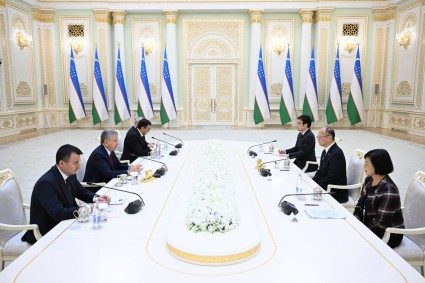More than 170,000 people living in the Chust, Namangan and Pap districts of the Namangan Region in eastern Uzbekistan will enjoy regular access to fresh drinking water and wastewater services, following the implementation of a major rehabilitation programme financed by the European Bank for Reconstruction and Development (EBRD).
An EBRD sovereign loan of up to US$ 70 million will be extended to Uzbekistan’s regional water utility Namangan Suv Ta’minoti. The funds will be used to support the construction and rehabilitation of water intakes, distribution stations and networks, mains and a water treatment plant serving seven rural settlements in the region (Chartak, Chust, Jumashuy, Kyzyl-Rovat, Pap, Tashbulak and Uygur), along with the construction of wastewater treatment plants, wastewater pumping stations and networks in the Chust and Jumashuy settlements. The work will be co-financed by a US$ 14 million contribution from the government of Uzbekistan.
The investment will connect around 115,000 new users to a water supply and to water treatment networks. Thanks to the new infrastructure, water losses will be reduced by 0.6 million cubic metres annually.
The project is contributing to Uzbekistan’s national programme of connecting its rural population to the centralised water supply system by financing major water-supply infrastructure upgrades, which will help deliver safe drinking water, improve the personal hygiene of users and better manage available water resources for decades to come.
Based in the Fergana Valley, the Namangan Region is one of the most densely populated areas in the country and Central Asia and is known for its relatively low levels of rainfall throughout the year. It relies heavily on the withdrawal of fresh water from the Syr Darya river, which is largely fed by glacial melts affected by global warming.











